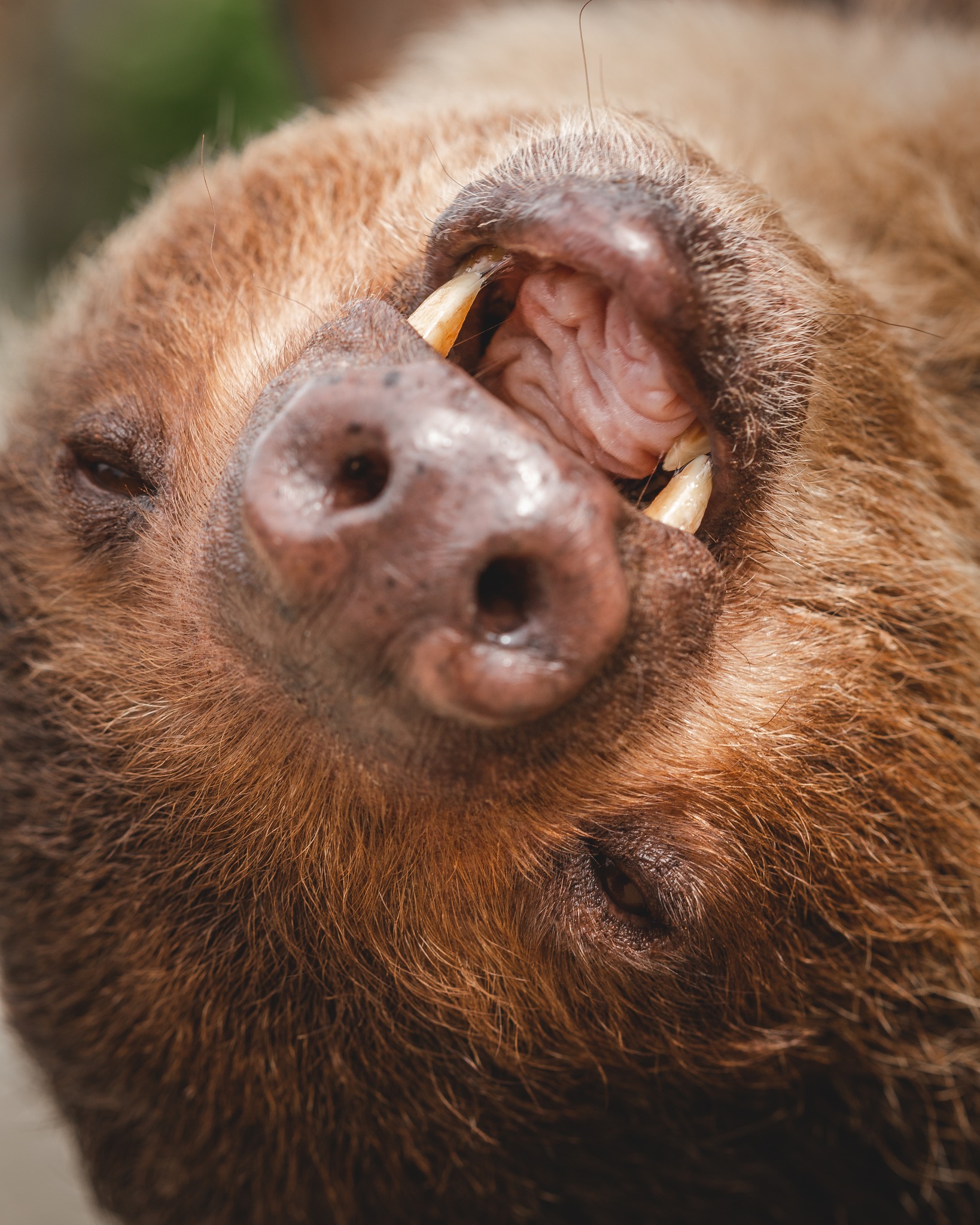- Detailed exploration of zoo management’s role in species conservation and biodiversity
- Examination of wildlife conservation strategies in the modern era
- Impact of zoological research on species survival and habitat preservation
- Interplay between human activities and wildlife conservation efforts
- The importance of public education and engagement in promoting wildlife conservation
Zoo management serves as a pivotal foundation for species conservation and preserving biodiversity. Zoos today are more than just spaces for displaying animals. They are vital centers for education, research, and conservation. These institutions contribute significantly to the survival of many species facing the threat of extinction due to habitat loss, poaching, and climate change. By creating naturalistic environments that mimic an animal’s natural habitat, zoos foster breeding programs and conservation initiatives that play a crucial role in maintaining biodiversity.
One of the primary objectives of modern zoos is the conservation of threatened species through captive breeding programs. These programs are meticulously designed to manage genetically diverse populations in captivity, which can then be reintroduced into the wild to bolster dwindling populations. For example, the success story of the California condor’s recovery from the brink of extinction highlights the critical role zoos play in wildlife conservation.
Zoos also collaborate internationally to establish studbooks, recordkeeping systems essential for maintaining genetic diversity. These tools enable the coordination of breeding efforts across different institutions, thereby maximizing the genetic health of captive populations. This coordination is crucial for avoiding the detrimental effects of inbreeding in small populations and contributes to the long-term viability of species both in zoos and in the wild.
Wildlife conservation strategies have evolved significantly over the decades, with an increased focus on integrative approaches that combine in-situ (on-site) and ex-situ (off-site) methods. In-situ conservation efforts involve protecting natural habitats and ecosystems, while ex-situ strategies include actions taken outside the natural habitat, such as captive breeding and seed banking. This dual approach is instrumental in ensuring the survival of species that cannot be conserved solely through habitat protection.
The integration of advanced technologies, such as genetic engineering and cryopreservation, represents an exciting frontier in conservation efforts. These technologies allow for the restoration of genetic diversity and the preservation of genetic material from endangered species, providing a safety net against extinction. Moreover, geographical information systems (GIS) are becoming vital tools in designing effective conservation strategies by mapping habitat use and movement patterns of animal populations.
The impact of zoological research on species survival and habitat preservation cannot be understated. Research conducted within zoos and wildlife sanctuaries provides critical data on animal behavior, reproductive biology, and dietary needs. Such insights are invaluable for informing conservation strategies and improving animal welfare. For instance, studies on primate behavior in captivity have led to enriched enclosure designs that promote physical and mental well-being, which are later applied to wild conservation efforts.
Furthermore, understanding disease dynamics in animals has gained prominence as a research focus. Diseases can have devastating impacts on animal populations, both in captivity and in the wild. By studying disease transmission and developing vaccines in controlled environments, zoos contribute to safeguarding both captive and wild animal populations from epidemics.
The interplay between human activities and wildlife conservation efforts is one of the most pressing challenges today. Deforestation, pollution, urbanization, and climate change are some of the human-induced threats that imperil wildlife on a global scale. As natural habitats are fragmented and resources depleted, animals are forced into smaller, isolated areas, which exacerbates conflicts between humans and wildlife.
Conservationists are increasingly adopting community-based conservation models that involve local populations in conservation efforts. This approach not only empowers communities by providing economic incentives but also fosters a sense of stewardship for local wildlife. By equipping communities with the knowledge and tools needed to protect their natural resources, these initiatives help mitigate human-animal conflicts and enhance the sustainability of conservation efforts.
The importance of public education and engagement in promoting wildlife conservation cannot be overstated. Education programs within zoos play a pivotal role in raising awareness about the importance of preserving biodiversity and the delicate balance of ecosystems. Through interactive exhibits, educational workshops, and multimedia presentations, zoos inspire visitors to adopt environmentally responsible behaviors that contribute to conservation efforts.
Public engagement extends beyond the zoo itself, influencing broader societal attitudes toward wildlife and conservation. Media campaigns, social media platforms, and educational partnerships amplifying conservation messages can reach global audiences, sparking behavioral change and galvanizing public support for conservation initiatives.
In wrapping up, the continuous development of innovative strategies in zoo management, along with enhanced research and public participation, is crucial for advancing wildlife conservation. Zoological institutions stand as both custodians of biodiversity and educators of the public, ensuring that the rich tapestry of life on our planet remains vibrant for generations to come. Through comprehensive collaboration and the sharing of knowledge, zoos and conservationists worldwide can galvanize efforts to safeguard the natural world amid ever-increasing environmental threats.
*****
Source Description


